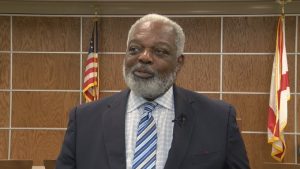Clocks moved forward one hour on Sunday, March 12 at 2 AM in states that observe daylight saving time. The transition from standard time, which began in November, signals warmer days.
Sunset time will be pushed to nearly 7 AM.
Also Read: Struggling with daylight saving time transition? Here’s how to sleep better
Did the clocks change last night?
Yes, the clocks moved forward an hour at 2 a.m. local time on Sunday, March 12, 2023, to commence daylight saving time. As daylight saving time comes to an end for the year on Sunday, November 5, 2023, at 2 a.m. local time, the clocks will fall back again.
In short, at 2 AM on Sunday, the clock jumped forward to 3 AM. As per provisions of the Energy Policy Act of 2005, which amended the Uniform Time Act of 1966, daylight saving time begins on the second Sunday in March. It adds that the change will remain in effect until the first Sunday in November.
Also Read: Daylight saving time, all you need to know
The spring Daylight Saving Time event adds an hour, resulting in “one hour less in the day.” The fall Daylight Saving Time, on the other hand, subtracts one hour, meaning “there is an extra hour in the day.”
The tradition of changing the clocks in the fall and spring dates back to World War I. Daylight Saving Time was first observed in Germany on April 6, 1916.
With a few exceptions, the majority of the United States and Canada observe DST on the same dates. Apart from those, less than 40% of the nations around the world implement daylight saving time. Citizens of Hawaii and most of Arizona, where the timeframe is always consistent throughout the year, are exceptions to this established practice.
Also Read: All you need to know about daylight saving in the United States
The twice-yearly practice of changing the clocks has been criticized in recent years by a number of lawmakers. Moreover, a March 2022 news poll found that 33% of Americans preferred permanent standard time, and 46% preferred permanent daylight saving time. The remaining 21% merely accept the existing scenario.






